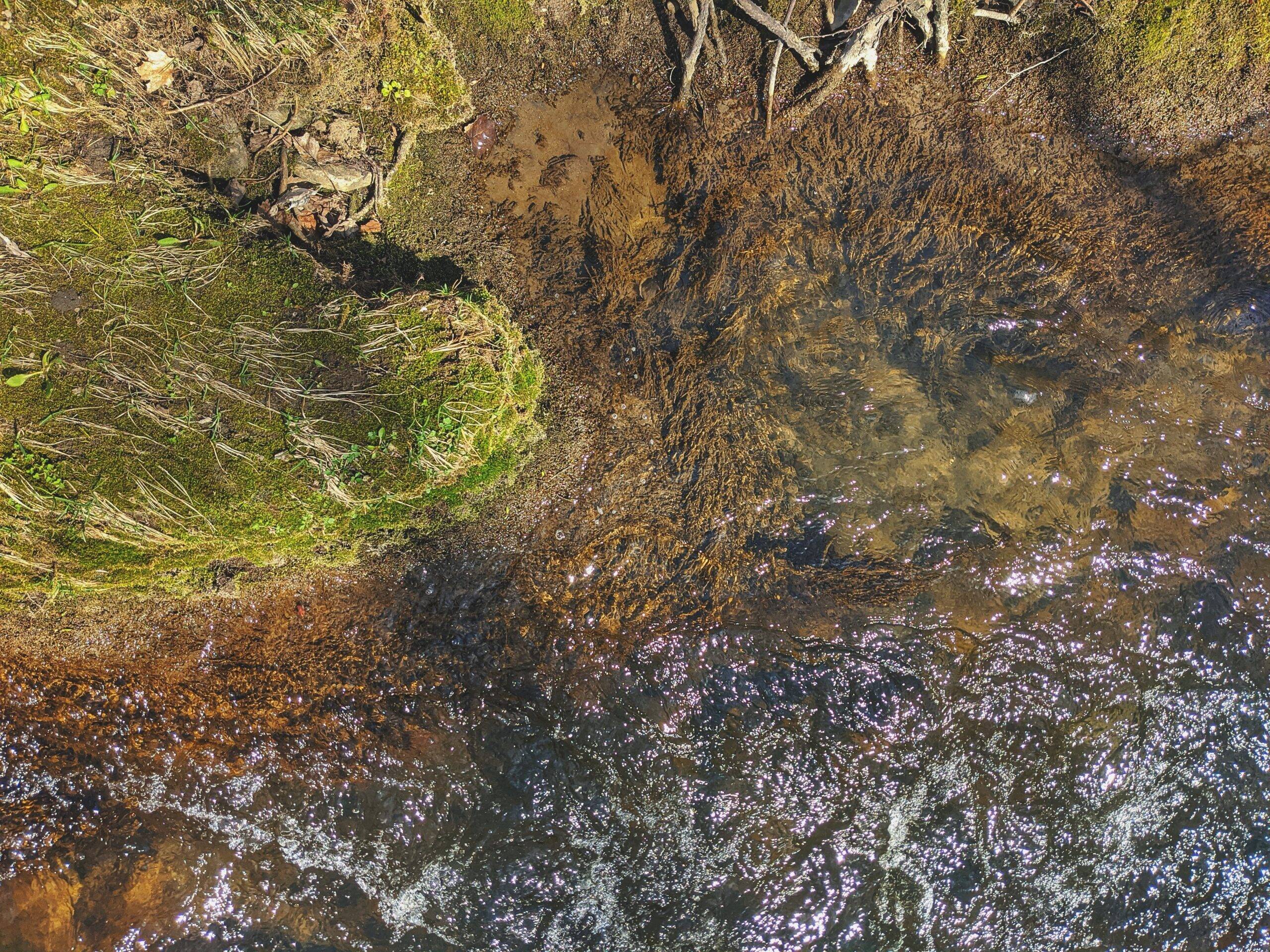You’ve reached your limit!
To continue enjoying Utility Week Innovate, brought to you in association with Utility Week Live or gain unlimited Utility Week site access choose the option that applies to you below:
Register to access Utility Week Innovate
- Get the latest insight on frontline business challenges
- Receive specialist sector newsletters to keep you informed
- Access our Utility Week Innovate content for free
- Join us in bringing collaborative innovation to life at Utility Week Live

Amid a rising tide of new commitments and changing customer behaviours, experts gathered at Utility Week Innovate’s Drinking Water Quality Conference to tap into the industry’s innovation pipeline.
In light of a tumultuous pandemic year yielding new water usage behaviours and a tightened focus on health and wellbeing, providing clean, safe and affordable water is more crucial than ever.
What’s more, with both new and existing regulatory targets looming alongside net zero ambitions, it remains imperative that the water industry continues to adapt and review techniques, technology and opportunities for sector wide innovation in drinking water.
 All of this comes against a backdrop of Brexit, Covid-19 and climate emergency – challenges which Neil Dewis of Yorkshire Water told Utility Week Innovate’s Drinking Water Quality Conference are “interwoven”.
All of this comes against a backdrop of Brexit, Covid-19 and climate emergency – challenges which Neil Dewis of Yorkshire Water told Utility Week Innovate’s Drinking Water Quality Conference are “interwoven”.
Beatrice Martin, business development manager and head of clean water at Xylem Water Solutions UK added that the whole water cycle needs considering when thinking about quality – from river catchment to tap while Stephanie Cawley, head of water treatment at Severn Trent, explained that clean drinking water is the customers’ top priority and that “the small things add up” in driving standards.
Here are some of the streams steering the flow of drinking water innovation highlighted at the conference:
Evolving regulation and policy landscape
Providing some more detail on the regulatory backdrop to PR24, South East Water CEO David Hinton outlined the importance of going beyond statutory obligations and delivering greater public value in drinking water.
He explained that water companies were well placed to deliver on this front and that an increased focus on water quality chimed with themes and priorities set out by both Ofwat and DEFRA – for example around protecting and enhancing the environment, serving and protecting customers and driving improvements through increased resilience, efficiency and innovation.
Discussing what “good” looks like in terms of drinking water quality at PR24, he outlined the need to understand the importance of water quality to customers, stakeholders and society; ensuring that focus on water quality isn’t lost within a broader scope of responsibilities; linking longer term strategy with environmental and net zero goals; focusing on more nature based solutions and moving away from carbon intense processes as well as the role of long term asset maintenance.
However, Yorkshire Water’s Dewis added that the Environment Bill being at risk of “stalling” also makes it difficult for the industry to plan, commit or drive as far it would while Marcus Rink, chief inspector at the Drinking Water Inspectorate (DWI), explained that “regulations are not an excuse to not innovate” and that new ways of collaboration had been served up by the likes of the Ofwat innovation fund.
Changing consumer habits
 In delving deeper into how drinking water strategies have changed post-pandemic, Dewis outlined a huge change in consumer relationships with water supply as a symptom of Covid-19.
In delving deeper into how drinking water strategies have changed post-pandemic, Dewis outlined a huge change in consumer relationships with water supply as a symptom of Covid-19.
Though describing the climate emergency as “absolutely front and centre” and having instigated something of a “generational shift”, he explained that the global pandemic had “completely changed” consumption habits.
Dewis highlighted, for example, that home working had driven water consumption away from public spaces and that peak water use times changed due to disrupted routines. What’s more, research found that today’s consumers holiday less and are more interested in community based solutions.
He also cited huge spikes in demand at the start of the pandemic and a surge in DIY water fitting as changes in consumer behaviour for water companies to be aware of.
“We need to be facing into this much more, and getting on the front foot with it – as an industry we tend to be too reactive.”
Dewis concluded that with changing demand patterns comes the need for a “radically different strategy” to the one currently in place.
Collaborative and proactive catchment management
David Ashford, Brecon Beacons mega-catchment programme manager at Dŵr Cymru, and Thames Water’s catchment projects manager Joanna Clint – both of whom manage regions of approximately 11,000km2 – also provided updates on the latest catchment management strategies and innovation impacting drinking water quality.
Outlining the lessons learned from tackling metaldehyde levels, for example, Clint discussed the benefits of incentivising water quality results from the farmers Thames worked with, as well as education and advice forming a key part of future projects.
“If farmers don’t know it’s going in the water, why are they going to do anything differently,” she explained, adding that collaborative approaches have, and will continue to be “essential”.
“In a catchment the size of ours we can’t do it all ourselves,” she said, also outlining ambitions to work with agricultural stakeholders, the fertilizer and pesticide industry, academia and other firms.
 Ashford, whose Brecon Beacons catchments provide strategically important supplies to major areas in Wales such as Cardiff and Swansea, advocated getting on the front foot with regards to catchment strategy. “What can we do to shift reactive treatment into proactive management,” he said, explaining that people and engagement posed a continual challenge.
Ashford, whose Brecon Beacons catchments provide strategically important supplies to major areas in Wales such as Cardiff and Swansea, advocated getting on the front foot with regards to catchment strategy. “What can we do to shift reactive treatment into proactive management,” he said, explaining that people and engagement posed a continual challenge.
“Insight into behaviour and behavioural change which we can roll out to other farmers has been massively important,” he said.
Nature-based solutions
Amid net zero and environmental commitments, the need for more nature-based solutions to drinking water quality issue is a persistent undercurrent to sector innovation.
 One such example is a campaign to highlight the importance of protecting and restoring the UK’s peatlands – comprised of partially decayed vegetation or organic matter.
One such example is a campaign to highlight the importance of protecting and restoring the UK’s peatlands – comprised of partially decayed vegetation or organic matter.
Jared Stewart, technical leader, catchment management at Scottish Water, explained that restoring peatland improves source water quality as sphagnum mosses filter water and release it at a more consistent rate.
In addition to being one of the most effective carbon sinks on the planet, the 1.8m hectares of peatland currently being restored by Scottish Water is also essential to drinking water supply north of the border – with approximately 70% of Scotland’s drinking water starting its journey in peatland.
Tackling lead
While a number of lead-based products such as piping and solder, have been filtered out of UK water systems for decades, lead contamination remains one of the most urgent and intricate challenges facing the water industry today.
As recently as September 5, for instance, The Guardian reported that pupils at 14 schools taking part in the Great British Water Project discovered that their drinking water contained five times more lead than the 10 microgram per litre cap, reiterating the pressing need for action .
Stephen Robjohns, principal toxicologist at the newly formed UK Health Security Agency (UKHSA) outlined that while England and Wales’ lead limits currently match World Health Organisation guidelines and EU regulatory limits, the latter’s planned move to a five microgram cap to be achieved within 15 years would pose daunting innovation challenges for the sector.

Charlotte Owen, policy manager at Water UK, agreed that water companies will “really struggle” to meet this standard without customer side mediation and that there was a pressing need governmental and ministerial buy in given what she described as a lack of clear position on lead from DEFRA or the Environment Agency. Ultimately, she outlined the need for a step change in how lead is treated as an environmental health issue.
Potential solutions to this from fellow panelists included suggestions of new funding options and collaborative forums for tackling lead rather than relying on existing reviews and funding cycles.
Hitting the ‘sweet spot’ in communication
Despite outlining the critical importance of tackling lead contamination, Owen emphasised that creating a public health scare through excessive publicity is an ongoing risk and that joint action across the sector and government is needed to drive a comprehensive strategy.
“We need this not to become a storm overflow issue,” she explained.
 Clair Dunn, head of water quality at Anglian Water, added that there was a “fine balance” to be struck on this front between ensuring customers have confidence in their water supply – making sure they trust in tap and aren’t buying more bottled water – and providing them with the knowledge to make informed decisions.
Clair Dunn, head of water quality at Anglian Water, added that there was a “fine balance” to be struck on this front between ensuring customers have confidence in their water supply – making sure they trust in tap and aren’t buying more bottled water – and providing them with the knowledge to make informed decisions.
“We do know we can communicate with customers about these unavoidable health risks, we just need to have a rigorous approach to do that,” Owen added. “But really the way we’ll be able to have a sensible conversation with customers is by having a solution.”

See this content brought to life at Utility Week Live, 17-18 May 2022 NEC Birmingham
New approaches to drinking water treatment is one of the frontline challenges at the heart of Utility Week Live 2022’s live content programme.
View the challenges and be alerted for tickets to the industry’s most eagerly awaited reunion at utilityweeklive.co.uk
Please login or Register to leave a comment.